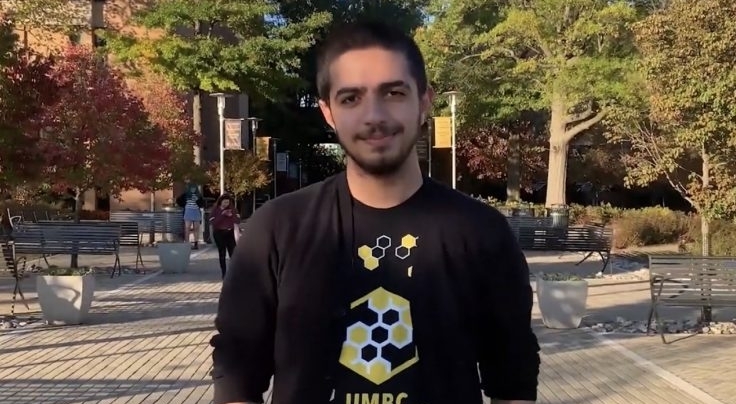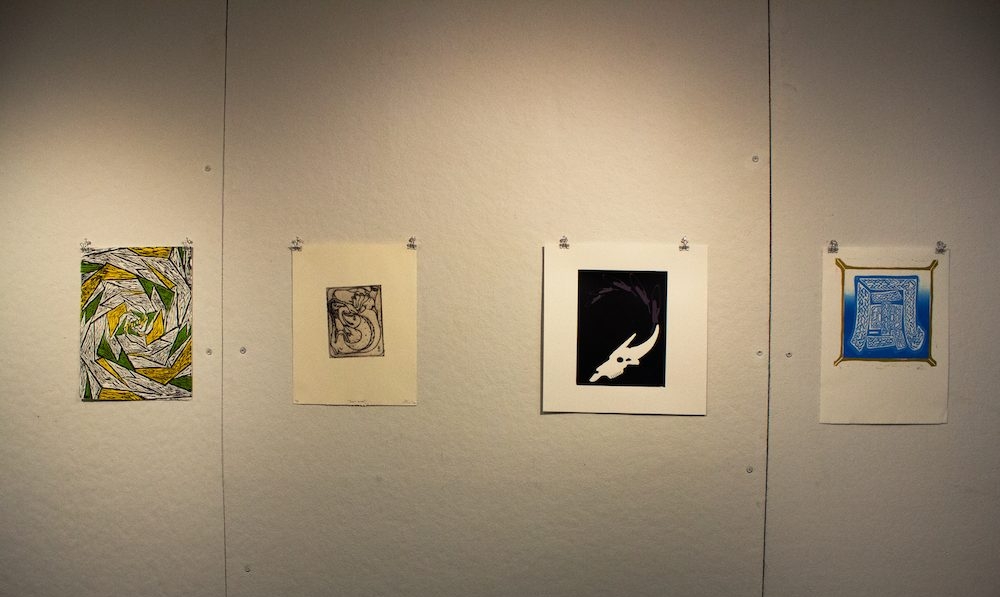After the release of the latest science fiction Marvel movie “Black Panther” in theaters on Feb. 16, a renewed interest by minorities and women towards STEM-related fields sparked Disney to donate one million dollars to the Boys and Girls Clubs of America; this donation will aid in the opening of more STEM centers across the United States.
The movie captures both the cultural and technological aspects of society, featuring a cast of primarily black actors and incorporating technology into the success of the superheroes. The film broke box office records and received over $786.3 million in revenue, well exceeding its production budget of $200 million.
Robert A. Iger, Chairman and Chief Executive Officer of The Walt Disney Company, says, “It is thrilling to see how inspired young audiences were by the spectacular technology in the film, so it’s fitting that we show our appreciation by helping advance STEM programs for youth, especially in under-served areas of the country, to give them the knowledge and tools to build the future they want.”
Disney selected 12 cities nationwide to be recipients of the donation, with Baltimore being one of them. Currently, UMBC’s Meyerhoff Scholars program is nationally ranked for diversity in STEM fields and the school as a whole was reported by the Association of American Medical Colleges to produce “more black M.D. and Ph.D. degree-earners than any other college in the country.” Overall, Maryland ranks highly in number of minorities who received medical degrees.
In the United States, women are currently documented as holding 26 percent of STEM related jobs per their 50 percent composition in the workforce. African Americans likewise hold 6 percent of STEM jobs per their 11 percent involvement and Hispanics average 7 percent of the 15 percent they make up in the workforce.
An article by The New York Times accredits four main reasons for this under-representation: lower expectations, insufficient resources, teaching methods, and a lack of role models which result in reduced participation of minorities in STEM occupations.
It is suggested that teachers expect minorities to perform poorly in school and therefore have lowered expectations of them in the classroom. Women are included in this generalization, especially when it comes to math and science related classes. Instead, the article argues that the problem arises in their completion of the course, noting “22.1 percent for Hispanics and 18.4 percent for blacks” as the percentage who actually earn a degree in a science or math program. This is minimal in comparison to the 33 percent and 42 percent of whites and Asians, respectively, who earn degrees in these programs.
Insufficient resources are also a factor in the increase of minority inability to attend public schools. This reduces their ability to be successful in a science- or math-related field as an adult. A variety of teaching mechanisms is also required to yield the largest involvement of women and minorities in these fields.
With regards to female students, the article claims that “girls have shown much more engagement in subjects when they learn the connection between what they are studying and real-world problems.” This suggests an added explanation of the application of learned skills in the classroom to the world as being a beneficial component while instructing female students.
Finally, a lack of role models for women and minorities as children is mentioned to cause intimidation and reduce interest in STEM-related jobs when they become adults.
In providing increased opportunities for children, Disney hopes to improve these numbers and increase participation by minorities and women in STEM fields.

